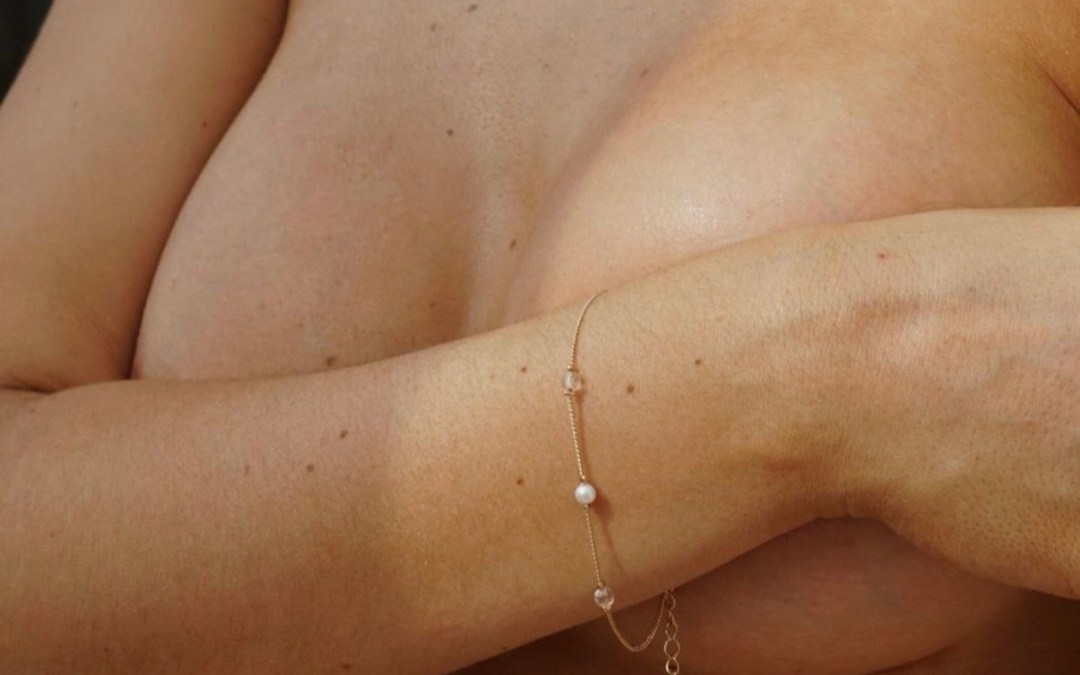Too much of a good thing?
Breast reduction surgery is one of the most commonly performed Plastic Surgical procedures in Australia. It is also the procedure with the highest levels of patient satisfaction.
As any woman with large breasts will attest, they can be a burden. Large, pendulous breasts can lead to significant, constant pain in the neck, back and shoulders. Skin rashes and breakdown, particularly during the summer months, are common. And then there’s the lifestyle trade-offs – Women often describe feeling ‘weighed down’, unable to exercise and perform their daily activities, and have trouble finding bras and clothes that fit comfortably.
A well performed breast reduction aims to alleviate all of these symptoms by removing the excess weight and skin of the breast. Over the past 100 years, surgical techniques have evolved considerably. These days, a breast reduction not only removes the excess breast bulk, but it reshapes the remaining breast into a more shapely, youthful aesthetic, redistributes the tissue back over the front of the chest, reduces the width, if necessary, of the nipple-areolar complex and re-positions it back onto its correct position on the front of the breast mound.
There are two major factors that determine the numerous techniques described for breast reduction – the skin excision pattern, and the glandular ‘pedicle’ – the remaining breast tissue that is left behind to keep a blood and nerve supply to the nipple. There are three basic types of skin excision : the peri-areolar (around the nipple) scar, the circumvertical (or lollipop scar) and the Wise-pattern (or anchor scar). Glandular pedicles are typically based either from below, or from medially (ie from the midline of the chest). The medial pedicle aims to keep the majority of the breast volume where you want it – in the cleavage area, and remove all of the excess tissue located beneath the breast fold.
Breast reduction surgery can be performed as a day procedure, and the typical recovery is around 2-3 weeks. It is a medicare rebateable procedure and is covered by private health insurance. Most patients that undergo a breast reduction are still able to breast feed afterwards, and around half do. For those patients encumbered by large, uncomfortable breasts, it’s a potentially life-changing operation, and well worth the short period of down time involved.
Patients interested in discussing breast reduction surgery should contact The Lotus Institute for a consultation With Dr Widdowson on (07) 55094488.






